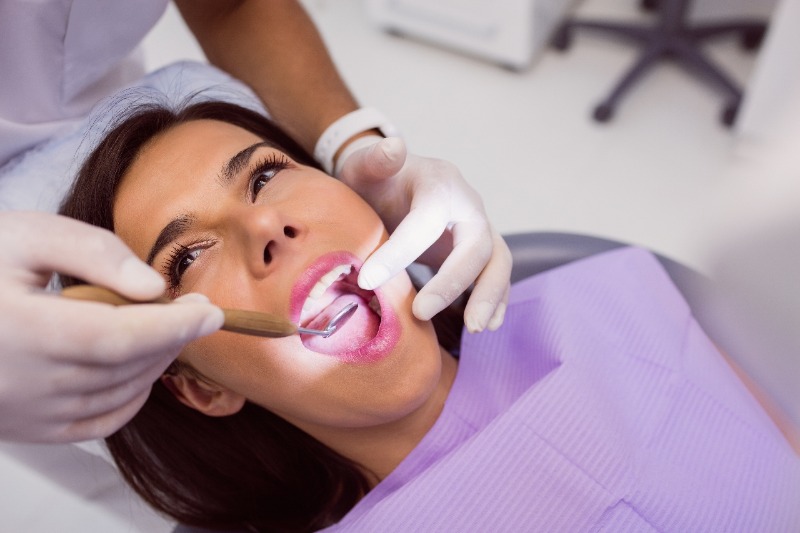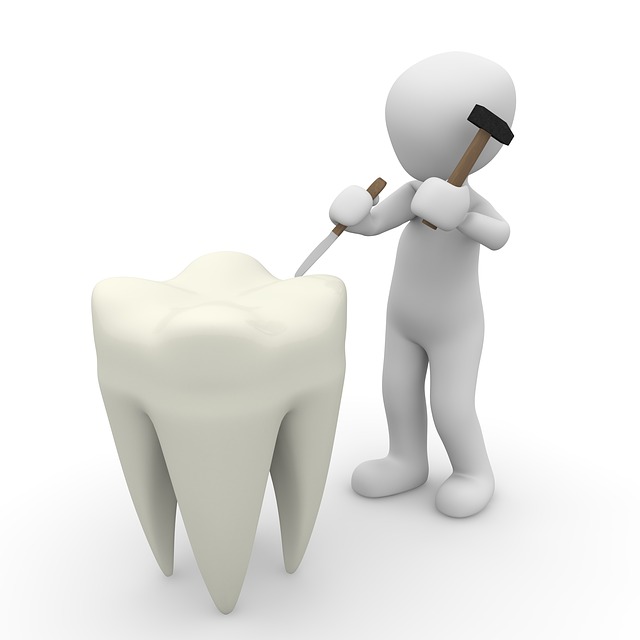What Is Macrodontia?

Macrodontia is a disorder where one or more teeth grow at a different rate from the others and surpass the average size. The outcome is an unusually large tooth or teeth that can lead to challenges for the patient, like overcrowding, teeth misalignment, and confidence issues. It may also be an indication of a basic medical concern, particularly in children with other distinctive indications.
There are a lot of people who go through reformed tooth size. These can be larger or smaller than usual. In this blog, we will discuss what is macrodontia, its features, and how to treat each of these irregularities.
People have teeth of different sizes and shapes. These are usually proportional to the size of the jaw. However, some individuals may grow larger or smaller teeth than normal. This is a condition that can be treated and does not need you to be concerned a lot about if you visit a good dentist.
What Is Macrodontia: Dentist Burbank
For a professional to analyze that there is a true variance in the size of the teeth, there must be a disparity between them and the maxilla. A talented dentist will carry out a few tests to confirm if there is a pathology that is required to be addressed. This will let you know that your child would necessitate it.
Types and Causes
Macrodontia teeth may be because of several conditions. These may hardly appear on their own without another genetic or systemic reason. Dentists typically see one of three categories grow in young patients. Let’s discuss this.
-
Solated Macrodontia
In these cases, only one tooth develops larger than the others. However, the isolated form is very rare but is somewhat more common in men than in women. A few genetic and environmental reasons, like insulin-resistant diabetes, pituitary gigantism, dental syndrome, unilateral facial hypoplasia, and pineal hyperplasia are all related to the danger of macrodontia.
-
Truly Generalized Macrodontia

This typically happens when a patient’s teeth all develop larger than usual. This is usually a warning sign of an infrequent disorder called pituitary gigantism. Research says, that pituitary gigantism happens when the pituitary gland produces too much growth hormone. The disorder is recognized in childhood and other indications consist of enlarged feet and hands, enlarged facial features, or headaches.
-
Relatively Generalized Macrodontia
This form usually occurs when a patient has an undersized jaw but usually or to some extent enlarged teeth. The teeth look larger about the small jaw. Dentists call it an illusion of abnormally large teeth.
Possible Solutions: Burbank Macrodontia
-
Extraction
Although, not a favored process of treatment, it might be obligatory at times. The dentist can eliminate large teeth and substitute them with prosthetics to treat the condition. Dentists reserve this treatment for patients who go through persistent jaw joint pain because of macrodontia, but who cannot benefit from contouring.
-
Contouring (Enameloplasty)
Sometimes the dentist can shave off part of an oversized. Following this treatment, the dentist can change tooth size and shape. Normally, the results are minimal, however, can be effective in several cases. Nevertheless, contouring can only go so far. Otherwise, the dentist puts the dentin and dental pulp in danger if he or she cuts too much of the enamel away.
-
Orthodontic
This is the usual treatment for poorly aligned teeth. Besides, it can also fix malocclusion caused by macrodontia. Accomplishment depends on the morphology and size of macrodonts. The dentist uses braces to create space for the larger teeth. Subsequently, they grow appropriately and do not interrupt the growth of neighboring teeth.
Looking to know more about macrodontia; call us at 8185782332, to fix an appointment with Dr. Sahakyan at My Dentist Burbank.


